The Government of India has published a gazette notification, officially recognising and detailing the extraordinary acts of bravery displayed by defence personnel during various military operations, including
the highly strategic ‘Operation Sindoor’. The citations for these gallantry awards, primarily conferred upon the Indian Army and Indian Air Force personnel, reveal critical details of the operation’s objectives and the exceptional courage demonstrated by the awardees.
Here are six distinguished officers who have been awarded the Vir Chakra for their pivotal roles in Operation Sindoor:
Colonel Koshank Lamba, 302 Medium Regiment (Indian Army): Awarded the Vir Chakra for displaying “flawless leadership” and “exceptional bravery”. Col Lamba successfully executed the “first ever air mobilisation of a specialised equipment battery” on short notice. His actions ensured the timely and covert induction of resources for the operation, reflecting the highest martial ethos of the Indian Army.
Lieutenant Colonel Sushil Bisht, 1988 (Independent) Medium Battery (Indian Army): As Officer Commanding, Lieutenant Colonel Bisht was instrumental in the mission’s success. His “exceptional courage, leadership and operational brilliance” led his unit to a “resounding success by causing complete destruction of terrorist camps”. He is decorated for conspicuous bravery and resolute leadership in the face of the enemy.
Group Captain Ranjeet Singh Sidhu, Flying (Pilot) (Indian Air Force): The Group Captain’s squadron, equipped with formidable fighter aircraft, was selected for the critical strike missions. He is awarded the Vir Chakra for successfully conducting strikes over the pre-determined targets and achieving all desired objectives with “exceptional gallantry and courage”.
Group Captain Animesh Patni, Flying (Pilot) (Indian Air Force): Commanding a strategic Surface to Air Missile (SAM) squadron from a forward airbase, Group Captain Patni showcased “exceptional leadership”. His precise guidance led to a “decisive blow to the capabilities of adversaries”, inflicting significant losses without the squadron suffering any damage.
Squadron Leader Rizwan Malik, Flying (Pilot) (Indian Air Force): As Deputy Mission Leader, Squadron Leader Malik flew an unescorted, midnight strike package against targets “heavily fortified by latest and highly potent air defence weapon systems”. His mission required low-level, dark-night tactical routing, aggressive manoeuvring, and accurate weapon delivery within a “minuscule” launch window to evade seamless radar cover and sophisticated long-range missiles.
Squadron Leader Siddhant Singh, Flying (Pilot) (Indian Air Force): Squadron Leader Singh was tasked with a three-aircraft formation for a stand-off precision strike on a predesignated target. His success demanded “accurate planning, precise coordination, exceptional flying skills and highest level of airmanship” to penetrate a heavily networked and integrated air defence system armed with long- and medium-range Surface-to-Air Guided Weapons (SAGWs) and Air Defence aircraft.
These citations stand as a testament to the meticulous planning, cutting-edge execution, and selfless valour demonstrated by India’s military personnel in successfully neutralising key threats to national security.
Operation Sindoor: A New Era of Proactive Counter-Terrorism by India
India launched Operation Sindoor on May 7 as retaliatory action to the Pahalgam terror attack in Jammu and Kashmir, which claimed 26 civilian lives. It marked a pivotal moment in India’s counter-terrorism strategy, moving beyond defensive posturing to proactively dismantle foreign-sponsored threats. The operation was a highly classified, multi-domain military action executed with surgical precision, targeting deeply entrenched and fortified terrorist camps and infrastructure that had been instrumental in exporting violence into Indian territory.
The operation, launched on May 7, 2025, at 1.05 am, was named Sindoor as a tribute to the widows of the Pahalgam victims. In just 22 minutes, precision strikes destroyed nine terror bases in Pakistan and Pakistan-occupied Jammu and Kashmir, including hubs at Muridke and Bahawalpur. The success was attributed to “Made-in-India weapons, advanced jets like Rafale and Su-30MKI using indigenous missiles, including BrahMos, and drones providing real-time surveillance.” ISRO’s satellites also played a crucial role.
While Pakistan retaliated with drones, artillery, and missiles, India’s multi-layered air defence, including S-400 and Akash systems, thwarted the threats. As many as six Pakistan Air Force (PAF) fighter jets, two high-value aircraft, more than 10 Unmanned Combat Aerial Vehicles (UCAVs), one C-130 transport aircraft, and multiple cruise missiles were destroyed by the Indian Air Force during its four-day conflict with the neighbouring country. More than 100 terrorists were also killed in the operation. The conflict lasted till the afternoon of May 10, when the Pakistan side requested a ceasefire in view of the heavy losses suffered by it in the attacks by the Indian Air Force.
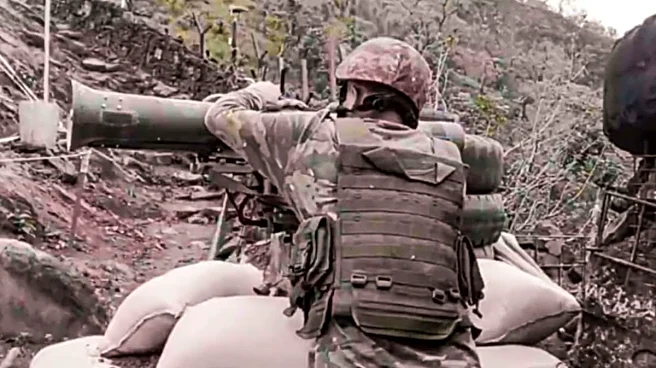

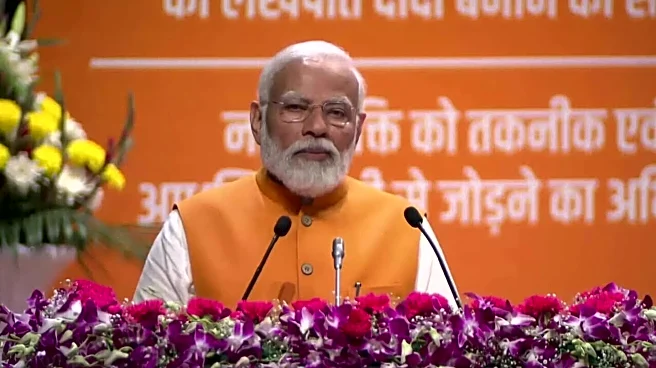

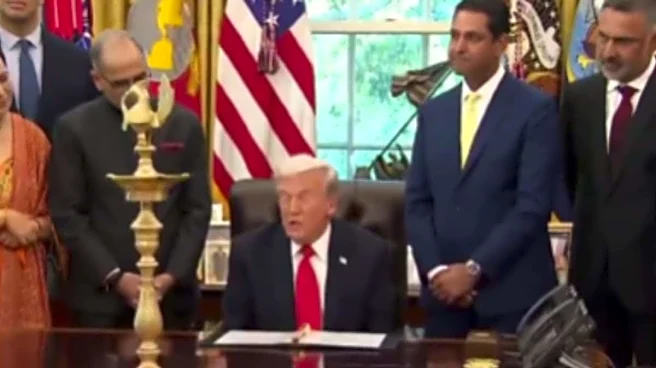
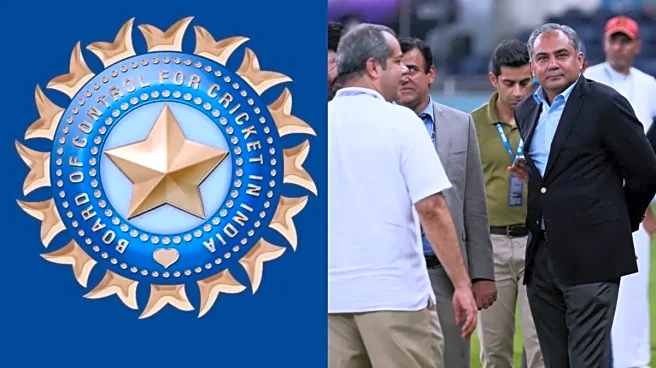

/images/ppid_a911dc6a-image-176087343638783800.webp)

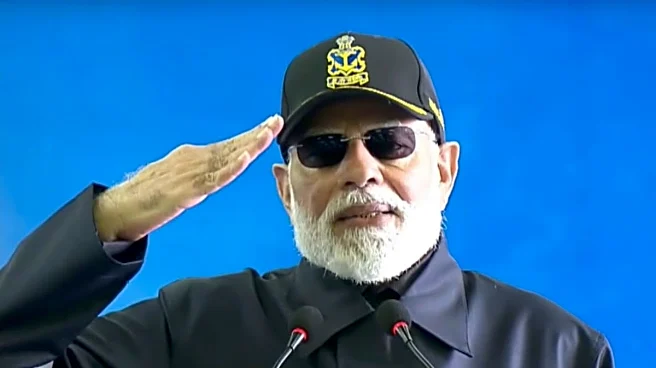
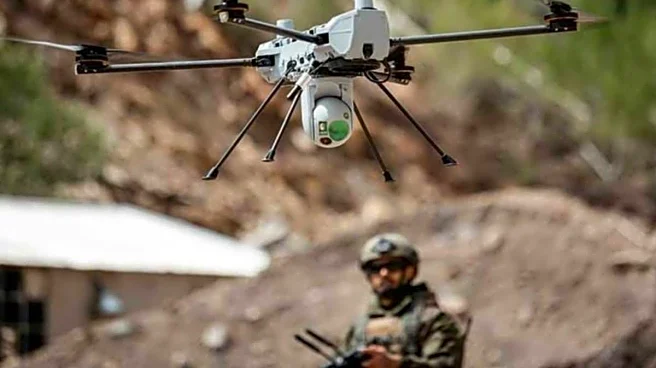

/images/ppid_59c68470-image-176084503336379222.webp)

/images/ppid_a911dc6a-image-176097757381175967.webp)
